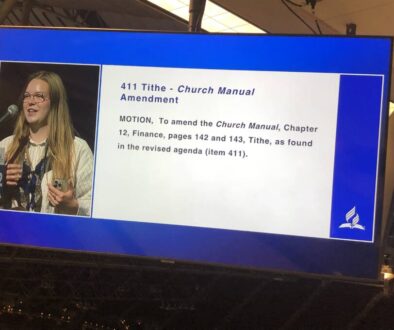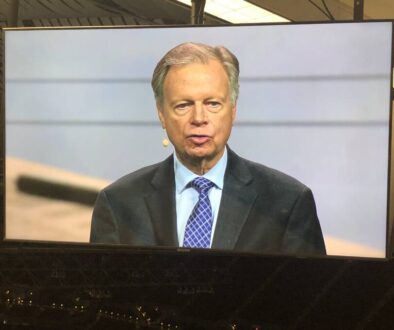Corrected: Adventists Stir Political Change Among Minorities in NZ
by Monte Sahlin
By AT News Team, April 2, 2014
Corrected April 9, 2014
The Adventists who spoke out for political change in New Zealand are not clergy, Adventist Today has confirmed with the denomination's local conference president. At least three of them are active lay members in the North New Zealand Conference known to Pastor Edward Tupai who uses the title Lead Pastor as conference administrator.
The Fairfax News and other secular news media described Teleiai E. Puni and five others who led out in a public meeting on Sunday, March 30, at the Manurewa flea market as clergy in the Seventh-day Adventist Church. In fact, they are not denominational employees.
The purpose of the event was to advocate support for the National Party among the Pacific Island ethnic minority community in New Zealand. It generated considerable public debate because Pacific Islanders have long voted for the Labour Party in New Zealand. The group announced that they had met with National Party Member of Parliament Cam Calder. "If we are to defend our Christian values and build a brighter future for New Zealand families, we need to engage our Pacific people and vote National," Puni said at the March 30 event.
The announcement brought a number of negative reactions. A meeting was announced for next Sunday (April 6) under the auspices of a Samoan Catholic Church with 23 churches of various denominations meeting to discuss political parties and Christian values, the newspaper reported. The Adventists "have been criticized for not consulting their parishes" on Facebook and Twitter sites where Pacific Island minorities communicate regularly.
Several comments noted that the Adventists had worn blue T-shirts with the slogan, "I'm a KEY person." Blue is the color of the National Party and John Key is a Member of Parliament. Comments were critical of religious leaders being involved in politics. "Jesus didn't say just love a certain group of people." Another comment from a former Labour voter said he believed "both parties have let our people down many times."
Voters in the southern region of the City of Auckland have long supported the Labour Party "thanks in large part to church-going Pacific Islanders." The newspaper quoted a Fundamentalist pastor Sooalo Setu Mu'a: "To change from wearing red to blue is not an easy thing for our Pacific communities who have been voting Labour over the years."
"There may be specific issues, but the larger reality here is that this reflects the fact that there is growing middle class among the Pacific Islanders in New Zealand," a source told Adventist Today. "The working class perspective does not fit some people like it once did and this may be more true among educated professionals than anyone else."



